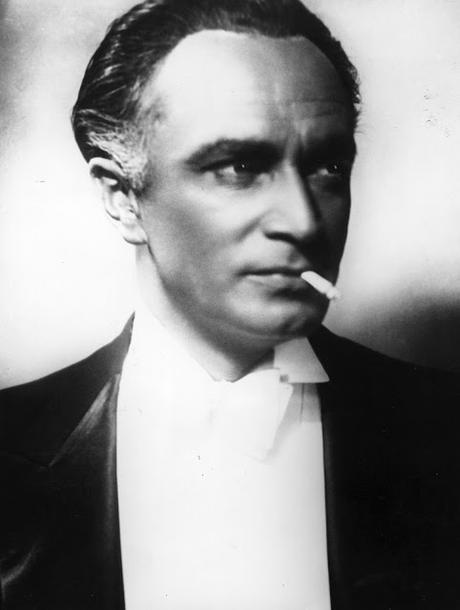
Conrad Veidt packed nearly 120 film roles into his all too brief lifetime, but it was the last film released before his death that guaranteed him a special brand of eternal life, what could be called the “filmmortality” actors receive when they’ve had a key role in a timeless classic that goes on to greater and greater acclaim over the decades. For Veidt the film was Casablanca (1942) and the role was cold-as-marble Major Heinrich Strasser, Nazi commanding officer. The film opened wide in the US on the day after Veidt’s 50th birthday, and he lived long enough to see it achieve its early success. He was gone by the time Casablanca was nominated for eight Oscars and went on to win Best Picture, Best Director and Best Screenplay. Veidt had enjoyed making the film but could not have imagined that the movie Warner Bros. had initially feared would fail would one day be universally beloved and frequently touted as the best studio film of Hollywood’s classic era.
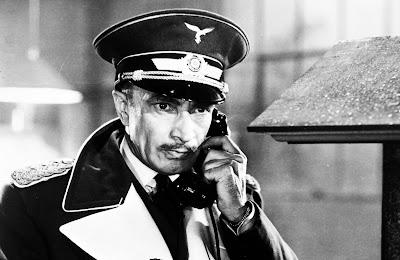
Casablanca
Casablanca is a juggernaut of a classic and Veidt, blessed with a piercing gaze, striking features, a commanding bearing and bone-deep talent, is superb as the archetypal soulless Nazi. Yet, while the film and the role may have capped his career with an exclamation point it was not his only claim to filmmortality. There was also the silent masterpiece that made him an international star more than twenty years earlier. Unlike Casablanca, The Cabinet of Dr. Caligari (1920) is not a popular mainstream classic but it is, with its twisty scenario, surreal set design and disturbing performances, one of the most significant and influential German expressionist films in cinema history. It has also been called the first art film and the first horror film. In it, a lithe, spectral Veidt portrays Cesare, seen through most of the film as a somnambulist with little free will who commits murder under the spell of a mad Caligari. The film created a sensation on release and continues to be studied in film schools across the globe.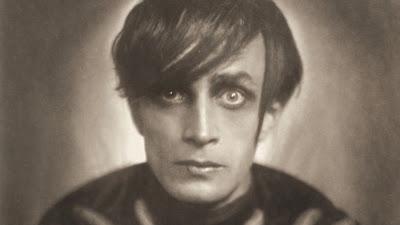
The Cabinet of Dr. Caligari
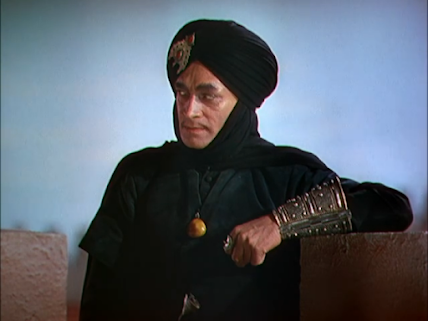
"Jaffar" in The Thief of Bagdad
German-born Conrad Veidt had become enamored of the stage in his youth and began as an actor while in his late teens with Max Reinhardt’s famed Deutsches Theater, Berlin’s official theater. He moved into film relatively quickly, rose to stardom and gained a level of international fame that brought an invitation to silent era Hollywood that he accepted. He would return to Germany with the advent of sound films only to be driven out forever by the rise of Hitler and his National Socialists.
A lesser man, a lesser artist, might’ve faded from the scene at this point, but Conrad Veidt was anything but “lesser.” He admitted that driving ambition, will and luck were crucial to his success, but he also spoke of an unusual, deep-seated “power” within him that, he believed, “transmutes not only my inner but physical being when I am called upon to express myself on the stage or before the camera.” It was, he felt, “as though something within me presses a switch and my own consciousness merges into some other, greater, more vital being.” This mysterious internal process helps account for the fluidity of his performances as well as his uncanny magnetism.
From the macabre grotesques of his silent films to the cruel, cosmopolitan Nazis of his late career, it is for his more sinister roles that Conrad Veidt is best remembered. The mix of sophistication, charm and overt – or covert – danger he seemed to so effortlessly project onscreen put him in high demand for films in need of a formidable, even dominating villain, and there were many.
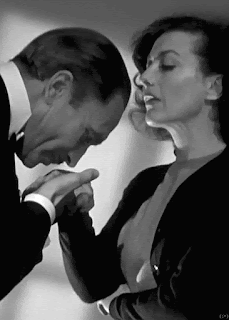
A Woman's Face
Although he could be deliciously convincing as a villain, Veidt possessed therange and skill to play believably sympathetic characters. One of the better films of his British period was one of his last before decamping to the U.S. The wartime espionage drama Contraband (1940) was directed by Michael Powell with a screenplay by Emeric Pressburger. Veidt portrayed the captain of a neutral Danish freighter who becomes involved in a British agent’s (Valerie Hobson) assignment to track down a ring of German spies based in London. Not only did he have the opportunity to play a courageous lead on the right side of the war, but Veidt also got the girl in the end. It was while promoting this film in the U.S. that he was lured to Hollywood once more.
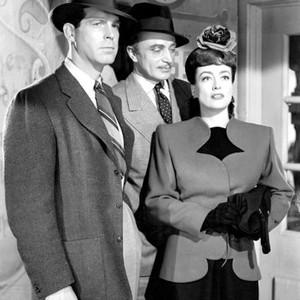
Above Suspicion
Conrad Veidt’s final film, Above Suspicion (1943) was released a month after his passing in April 1943. It's not one of his signature films or even a very good film, but it did allow him to go out playing an anti-Nazi. The plot has newlyweds Joan Crawford and Fred MacMurray in Austria on a spy mission. Veidt is the genteel and gallant Austrian freedom fighter who guides and looks out for them. The New York Times observed, “The late Conrad Veidt must have enjoyed this sabbatical from his portraits of thin-lipped villainy; here he plays a sort of underground Robin Hood...” Naturally, his character was cultured and urbane, but this time he was also heroic.
Veidt had been aware for some years that he had a heart condition but he kept this to himself so he could continue to work. Reports of the time have it that he and his wife attended a late-night party on the evening of April 2, 1943, and that on the morning of the 3rd he headed to the Riviera Country Club in Los Angeles where he had an early golf date. Apparently he collapsed on the eighth hole.
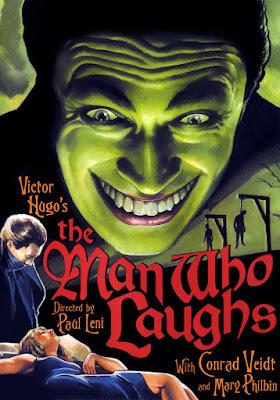
~
This is my contribution to the fabulous 10th Annual What a Character! blogathon. Click here for more!


